I subscribe to a fascinating newsletter about old houses. Some are ornate; some are falling down; some have been miserably treated and some have been lovingly cared for. These houses have one thing in common: they have a place in history. Each family who lived in them contributed in some way to the community; it was as if they were chapters of the same book, the book being the house and the chapters being the families.
You and I do that too, whether we mean to or not. We may not be famous or infamous. We may make our presence known or we may live quietly but the lives we live are like chapters within the houses we occupy. (I know, of course, that we could think of our very lives as books and our experiences as chapters but today, let’s think about houses.)
Years ago, I wrote for The Tahlequah Daily Press. One series of newspaper articles was about old houses, the person who built them, and the person or family’s importance to the town.
Used to be, each house had an abstract, a record of its beginning and the different owners it passed through. I have a few of those old abstracts and they are, indeed, like stories.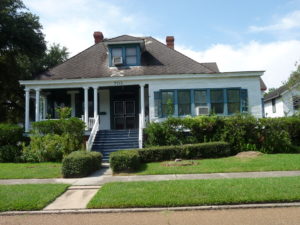
In Moonlight Can Be Murder, Nellie Elizabeth Duncan McNeil (Ned) inherits her uncle’s old Victorian home. His only wish, she delve into the history of the house and the mysteries that still surround it. In Fright of the Silvery Moon, Ned investigates and, of course, lands in trouble.
I wonder, if history took a look at you and at me, and if our walls could talk, what would they say about the chapters we are writing?
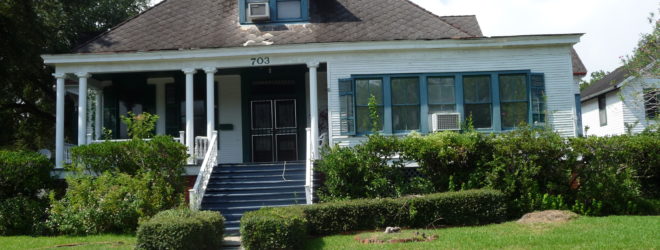
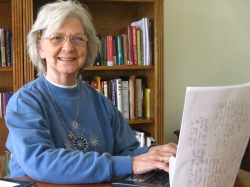
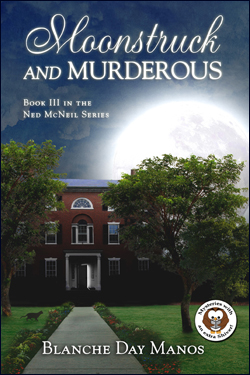
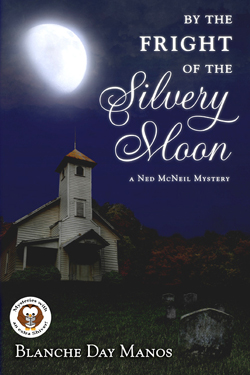
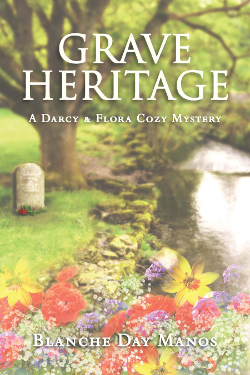
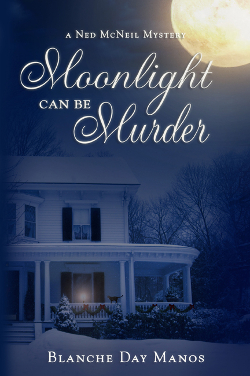
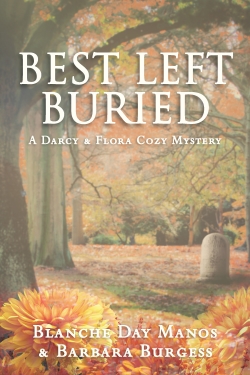
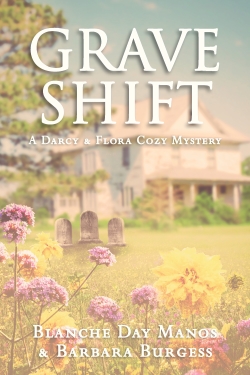
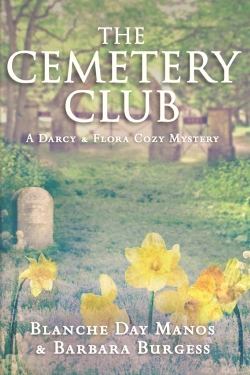
Speak Your Mind